Walking a reactive dog can turn a routine stroll into a test of patience and strategy.
For those of us who’ve navigated the choppy waters of reactivity with our canine companions, we know the journey isn’t easy but it is achievable with the right approach.
Here are 10 essential strategies for transforming your reactive dog’s walk from stressful to successful.
Understanding the Challenge of Reactive Dogs
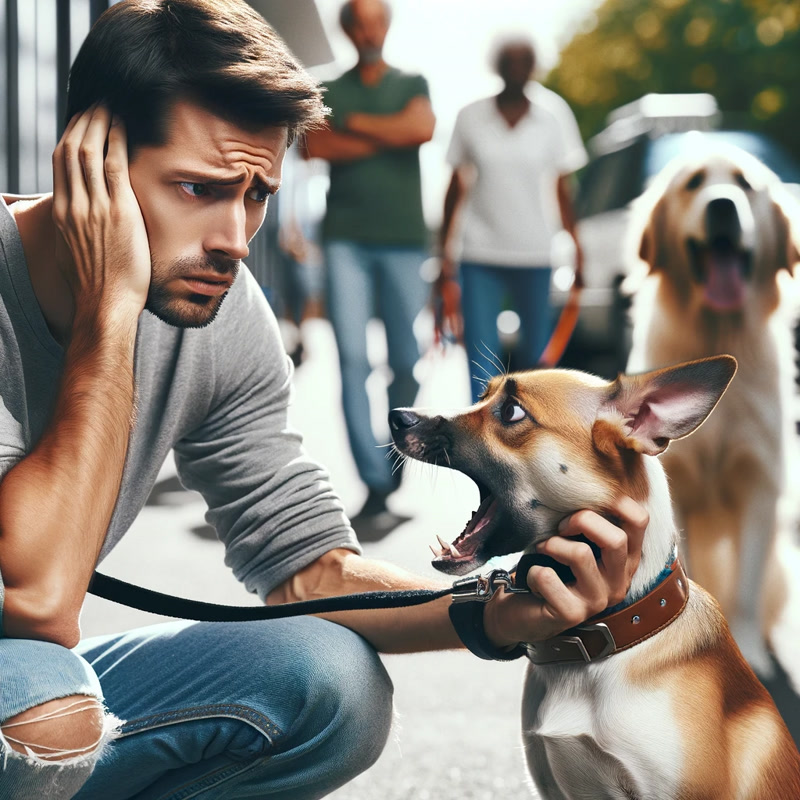
Reactive dogs aren’t just challenging; they’re a full-time commitment that requires empathy and patience.
The unpredictability of a reactive dog’s behavior can make even a simple walk a daunting task.
However, you’re not alone in this. Countless dog owners face similar struggles, and with the right approach, progress is within reach.
Strategies for Walking Your Reactive Dog
Embrace the Journey with Patience and Consistency:
Training a reactive dog is a marathon, not a sprint. Progress may be slow, but every step counts.
Start with short walks and gradually increase exposure to different stimuli.
Positive Reinforcement as a Game Changer:
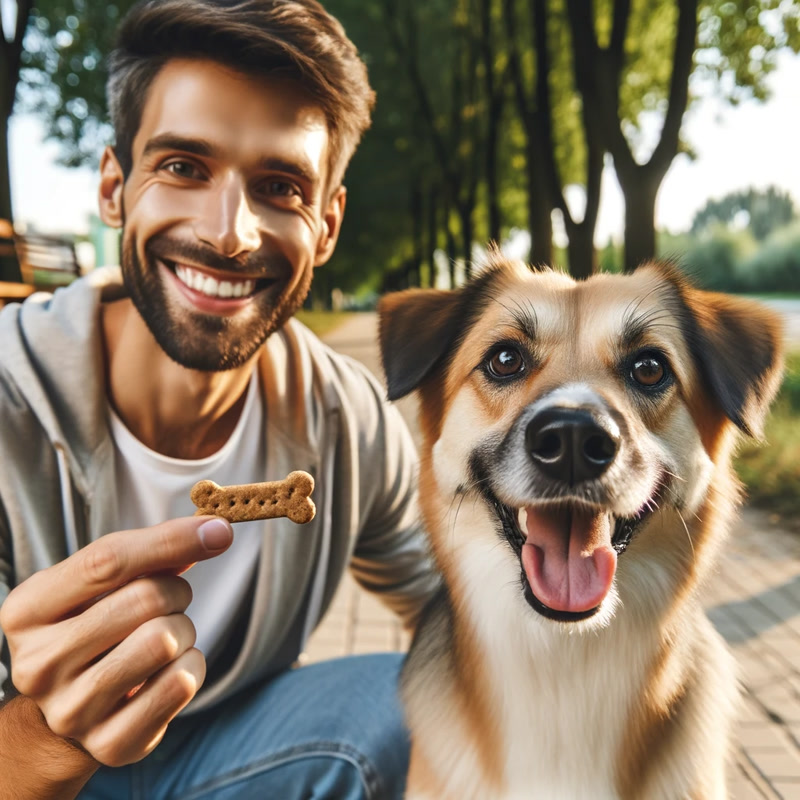
Turn scary objects or other dogs into positive experiences. Utilize treats and praise to create positive associations.
If your dog becomes stressed or reactive, increase the distance from the trigger until they’re comfortable again.
Repetition is Key to Transformation:
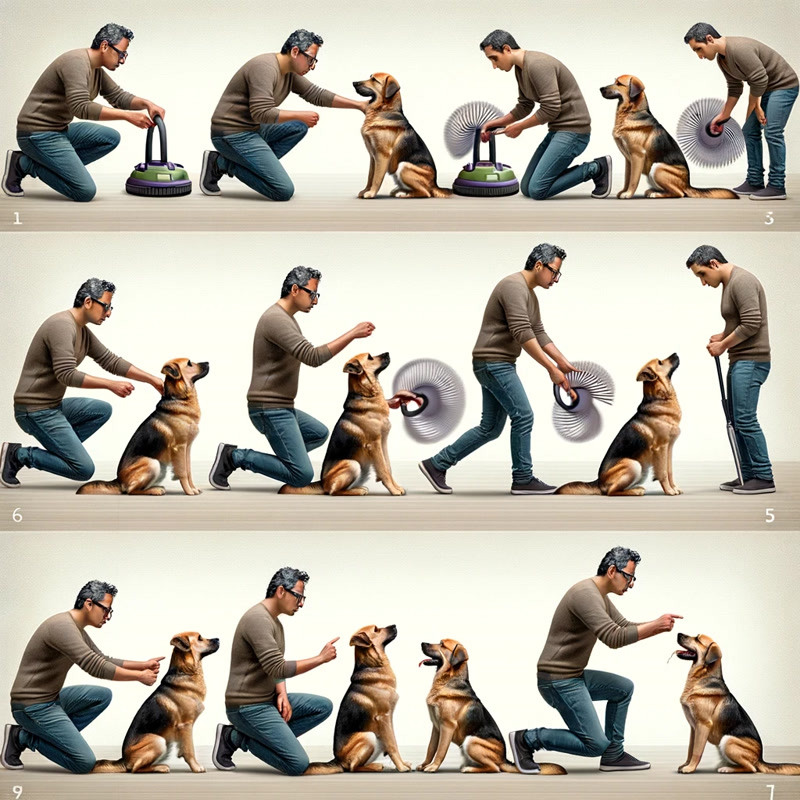
Consistency in training is crucial. Repeatedly exposing your dog to triggers in a controlled and positive way will eventually alter their response.
Choice Training – Empowering Your Dog:
Encourage your dog to make the right choices. Reward calm behavior in the face of distractions, reinforcing their good decisions.
Expect Setbacks and Learn from Them:
Training isn’t linear. There will be good and bad days. Understand that setbacks are part of the learning curve and use them to adjust your strategy.
Variety Keeps Focus:
Changing up your route, pace, or even incorporating playful activities keeps your dog engaged with you rather than potential stressors.
Teach Targeting Commands:
Training your dog to touch a specific target (like your hand) can refocus their attention away from triggers.
Strategic Avoidance:
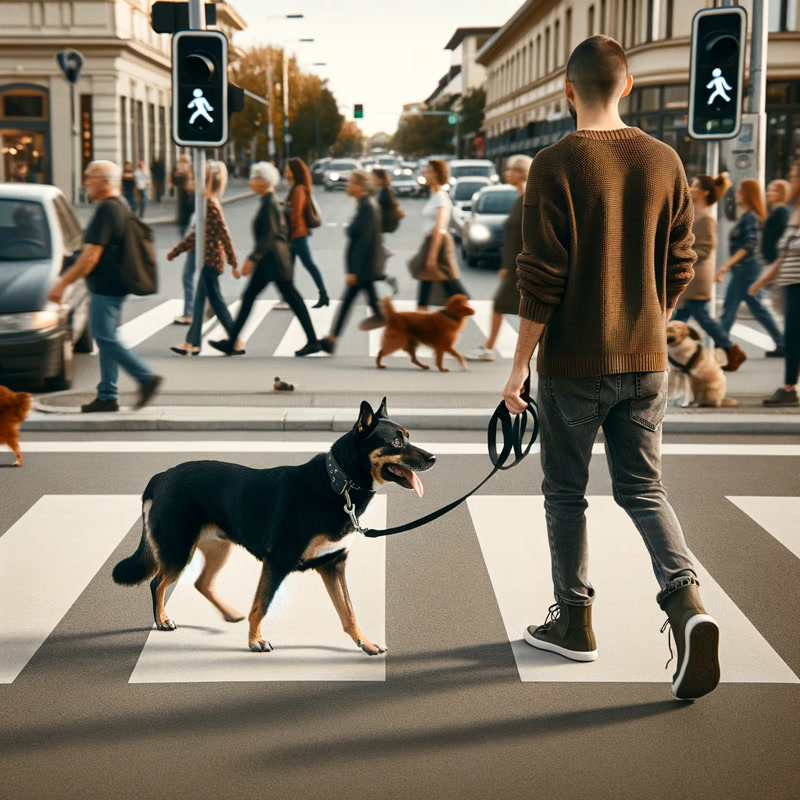
Sometimes the best strategy is avoidance. If a situation seems too challenging, it’s okay to steer clear and prevent a negative experience.
Professional Guidance is Priceless:
Don’t hesitate to consult a dog behaviorist. Professional advice can tailor your approach to your dog’s specific needs.
Equip for Success:
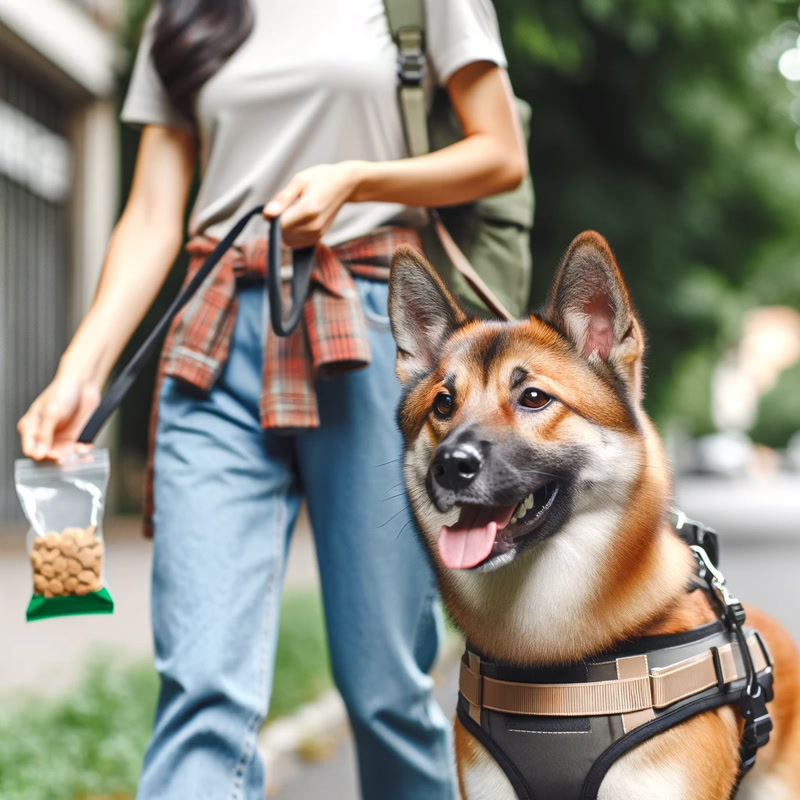
Consider a front-clip harness or dog backpack. These tools can help redirect pulling behavior and keep your dog focused on walking properly.
The Journey to a Calm Walk
Although walking a reactive dog presents unique challenges, consistent training, empathy, and the right tools can make a significant difference.
Remember, each dog is unique, and finding what works for your reactive companion might require a blend of these strategies.
With time and effort, the walk can become a bonding experience filled with relaxation and enjoyment for both of you.
Keep at it, and you’ll likely find that both you and your dog are looking forward to your daily strolls with newfound enthusiasm.

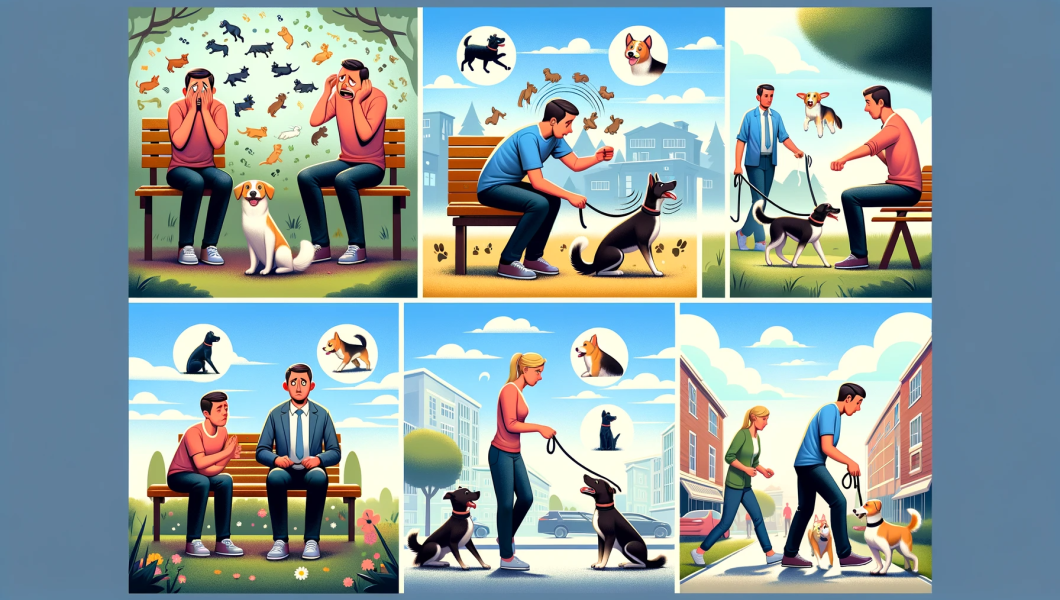
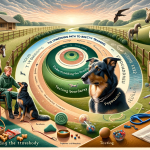

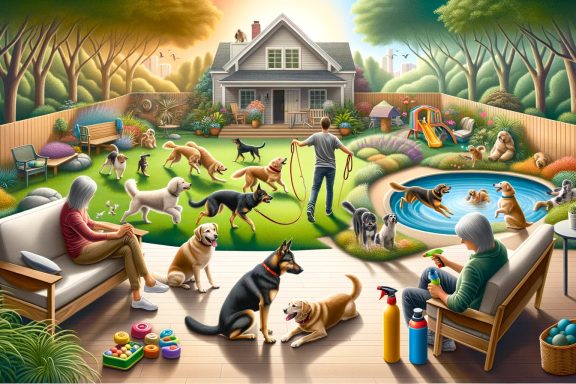

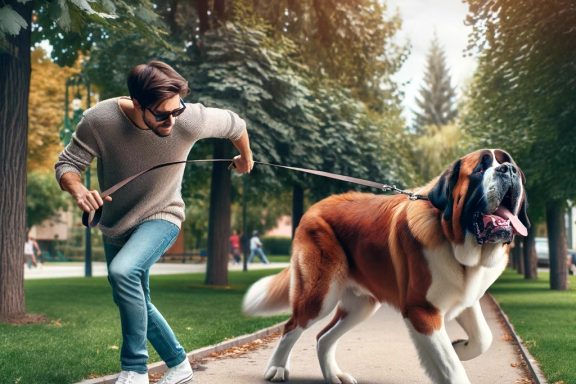
No Comments